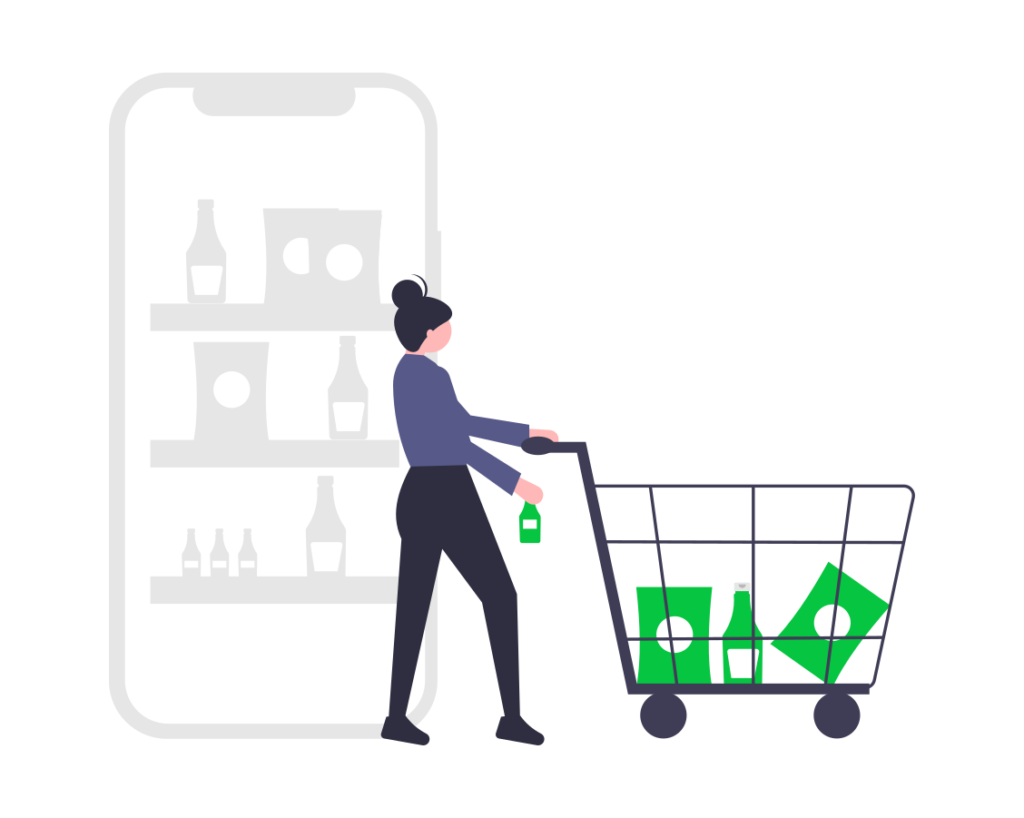Fruit and vegetables can be startling or unappealing to your children – but are they really so scary?
No, not at all. An early routine of eating fruit and vegetables can provide many benefits for your child’s health.
This article will inform you about what fruit and vegetables provide to your child, and the different kinds you can grow at home with your child!
Health Benefits
First off, numerous benefits can affect your child’s health and even mental state. Having a diet including lots of fruit and vegetables can ensure that your child is at a healthy weight and is less likely to develop any issues within their body. This is excellent for their growth!
Fruit and vegetables can:
- Lower blood pressure
- Reduce risk of heart disease and stroke
- Prevent some types of cancer
- Lower risk of eye and digestive problems
This positive effect on blood pressure can keep your appetite in check. Whereas, non-starchy fruit and vegetables can help with weight loss. A better appetite can reduce the feeling of hunger taking away those biscuit binging tendencies that children have.

Growing Fruit and Veg
Does your child know that it can be easy to grow their own produce? If not, tell them this fun fact. Either way, growing fruit and veg in the comfort of your own home can get your kids interested in healthier eating habits.
What you will need before indulging in this fun activity with your child:
- Compost or a vegetable and fruit planter
- Container to plant – anywhere that gets good sunlight and easy access to water
- Seeds or saplings
- Fruit and vegetable plant food
- Fork and trowel
Within four easy steps you are good to go; If it becomes too difficult then you can always watch a video to help.
- Step 1:
Decide on a spot to start this journey – well-lit areas and even windowsills are the best!
- Step 2:
Prepare the soil.
If you are using containers then fill them just over halfway and break up any lumpy parts that may be in there to make it smooth.
However, if you are using a bed or soil outside, then break up the soil’s surface with the fork and fill with the compost and the planter soil.
- Step 3:
Now, this is the big moment, you can now choose whatever fruit and vegetables you and your child may enjoy. It may be best to take your child somewhere that sells seeds and ask them what they would like to grow.
- Step 4:
The compost will feed the plants for about six weeks but then you need to give them fruit and vegetable plant food to keep them going.
Eventually, you will be harvesting the fruit and vegetables that you and your child have grown and enjoying them in your meals!

Fruit and Vegetables You Can Grow
Courgettes
Courgettes are very easy to grow from just a seed. By sowing the seeds, around 2.5cm deep in April outside, it will take about eight weeks for them to produce a continuous crop. Harvest them regularly when they are no bigger than your hand.
Beans
Low-growing French beans are also easy to grow as they don’t need staking up unlike other peas, and beans. You can probably grow about three plants per 30cm pot. If you have room for staking, then runner beans are a great alternative.
Tomatoes
Bush tomatoes, specifically, are easier to grow than their alternatives. Plant small plants in pots or hanging baskets with good compost and make sure to water and feed regularly. These can be eaten straight from the plant!
Salad Leaves
Rocket is the easiest salad to grow, and lots of schools may run an experiment of growing this themselves. But you can still do this at home to get a head start on your child’s knowledge. This plant will keep cropping for weeks on end and the leaves themselves are edible.
Strawberries
Strawberries are always a hit with children and are easy to grow. Planting them in spring will yield their fruitful gifts from late May. Plant them a good hand-width apart in the ground or pots and feed with tomato fertiliser once they have begun to flower.

By growing these fruit and vegetables together you are developing a better relationship between you and your child, while also teaching them a healthier state of eating. This relationship will be a key to your child’s future and is less likely to cause behavioural problems.
Conclusion
Growing your fruit and vegetables will make your child hold more responsibility and may result in them wanting to eat what they have grown. Like when you bake cake and buns together, you want to eat the creation, this is no different and is a healthier alternative.
Hopefully, this article has helped with assisting your child to eat more healthily.
At Veginom, we care about our children’s health and well-being and want them to flourish! If you have any questions or need any further help with healthy eating then contact us here today!